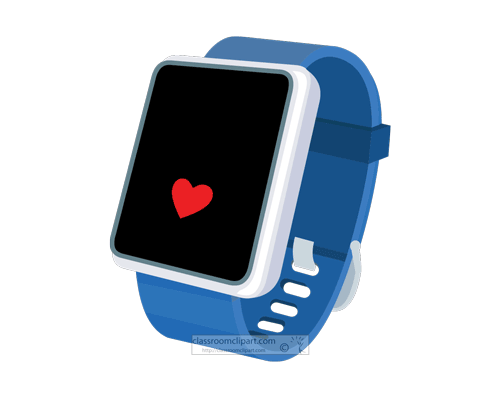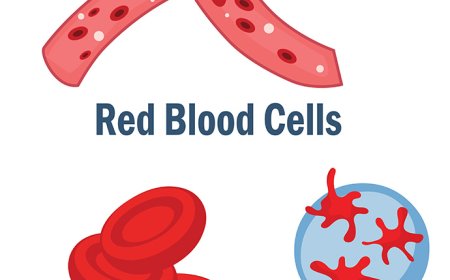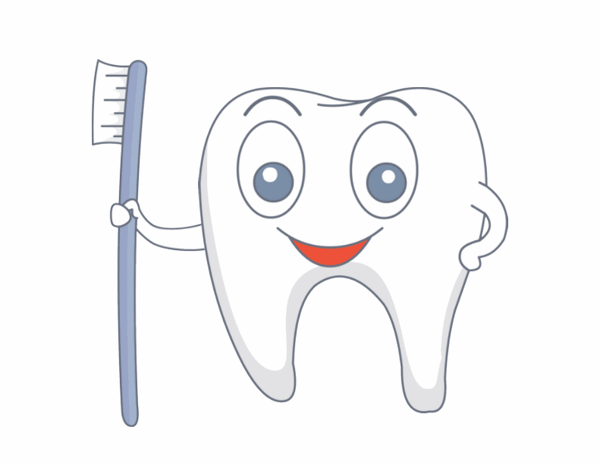What Is the Integumentary System? Learn About Skin, Hair, and Nails expanded
Discover the integumentary system for kids. Learn how skin, hair, and nails protect your body and keep you healthy.
🧠 Introduction: Your Body’s Built-In Protection System
Every person is born with a natural protective layer that covers and shields the body from the outside world. This layer is called the integumentary system, and it’s made up of your skin, hair, and nails. Even though these parts might seem simple, they are incredibly important for protecting you, helping you feel things, regulating temperature, and keeping your body in balance. The integumentary system is the largest system in the human body. In fact, your skin alone covers around 20 square feet if stretched out—about the size of a small table!
This system does more than just protect—it helps you sweat, feel heat and cold, heal from cuts, and even create vitamin D when you're in the sun. It works all day, every day, without you even noticing it. In this article, you'll learn what the integumentary system includes, what each part does, and why it’s essential for survival.
🧴 Skin: The First Line of Defense
The skin is the most visible and largest part of the integumentary system. It may look like just one layer, but it actually has three main layers: the epidermis (the outer layer), the dermis (middle layer), and the hypodermis (bottom fatty layer). Each of these layers has its own role in protecting and supporting the body.
The skin protects you from:
Germs and infections, by acting as a barrier
Injury, by cushioning the body
Water loss, by keeping fluids inside
Sunlight, through special cells that produce pigment
Your skin also helps you feel things like pressure, temperature, and pain through special nerve endings in the dermis. In addition, sweat glands in the skin help cool the body, while oil glands keep it soft and waterproof. It’s a living shield that’s always growing, healing, and responding to the world around you.
💇 Hair: More Than Just Style
Hair is another important part of the integumentary system. Although we often think of hair for appearance, it plays key roles in protection and sensation. Hair grows from small pits in the skin called follicles, and it’s made of keratin, a strong protein also found in skin and nails.
Hair helps protect your body by:
Blocking sunlight from the scalp and keeping your head warm
Trapping dust and particles with eyebrows and eyelashes
Filtering air with nose and ear hair
Providing sensation through nerve endings at the hair root
Even though body hair seems simple, it’s part of your body’s natural defense system. Each hair on your body is linked to a tiny muscle called the arrector pili, which can make hair stand up—like when you get goosebumps in the cold.
💅 Nails: Shields for Fingers and Toes
Nails may be small, but they are important parts of the integumentary system. Like hair, nails are made of keratin and grow from a special area under the skin called the nail matrix. The part you see is called the nail plate, and underneath is the nail bed.
Nails serve several purposes:
Protect the fingertips and toes from injuries
Help with fine motor skills, like gripping and scratching
Support the ends of fingers, making it easier to pick up objects
Nails also grow continuously, although fingernails grow faster than toenails. Healthy nails are usually smooth and light pink. Changes in nail shape, color, or texture can sometimes signal health problems elsewhere in the body.
🔁 How These Parts Work Together
The skin, hair, and nails work as a team to protect the body and support health. Together, they form a shield against injury, infection, and extreme temperatures. They also help with touch, healing, and even vitamin production. For example, the skin makes vitamin D when it’s exposed to sunlight, which helps keep bones strong.
The integumentary system works closely with:
The nervous system, to detect temperature and pain
The immune system, to fight germs that try to enter through the skin
The circulatory system, to help regulate body heat
When the integumentary system is healthy, your body stays well-protected. When it’s not working properly—like when you get sunburned, infected, or cut—it can affect many parts of your health.
🧠 Vocabulary List
Term Definition
Integumentary system The system made up of skin, hair, and nails
Keratin A tough protein found in skin, hair, and nails
Epidermis The outermost layer of the skin
Dermis The middle skin layer containing nerves and blood vessels
Hypodermis The bottom layer of skin, made of fat and connective tissue
Follicle The part of skin where hair grows from
Nail matrix The root area under the skin where new nail cells grow
Arrector pili Tiny muscles attached to hair follicles that cause goosebumps
Barrier A protective shield that blocks harmful substances
Vitamin D A vitamin made by the skin when exposed to sunlight
❓ Interactive Quiz: Test Your Outer Armor Knowledge
1. What is the main purpose of the integumentary system?
A. Pump blood
B. Help with digestion
C. Protect the body and control temperature
D. Make red blood cells
2. What protein is found in skin, hair, and nails?
A. Insulin
B. Keratin
C. Hemoglobin
D. Calcium
3. What part of the skin contains nerves and blood vessels?
A. Epidermis
B. Dermis
C. Nail bed
D. Follicle
4. What do nails help us do?
A. See at night
B. Control blood pressure
C. Pick up small objects and protect fingers
D. Grow taller
5. What vitamin does your skin help make from sunlight?
A. Vitamin A
B. Vitamin B
C. Vitamin D
D. Vitamin K
⭐ Kid-Friendly Summary
Your integumentary system includes your skin, hair, and nails. These parts work together to protect your body from germs, injuries, and the weather. Skin keeps you safe and helps you feel things, hair protects your head and eyes, and nails guard your fingertips. All these parts are made of keratin, and they grow and heal over time. Taking care of this system helps your whole body stay healthy!
🤯 Fun and Interesting Facts
Your skin renews itself about every 28 days.
Hair grows about half an inch per month on average.
Goosebumps were once useful to make animals look bigger to scare off predators!
Some animals, like armadillos, also have protective outer layers similar to human skin.
Your nails grow faster in the summer and when you use your hands more.




















































